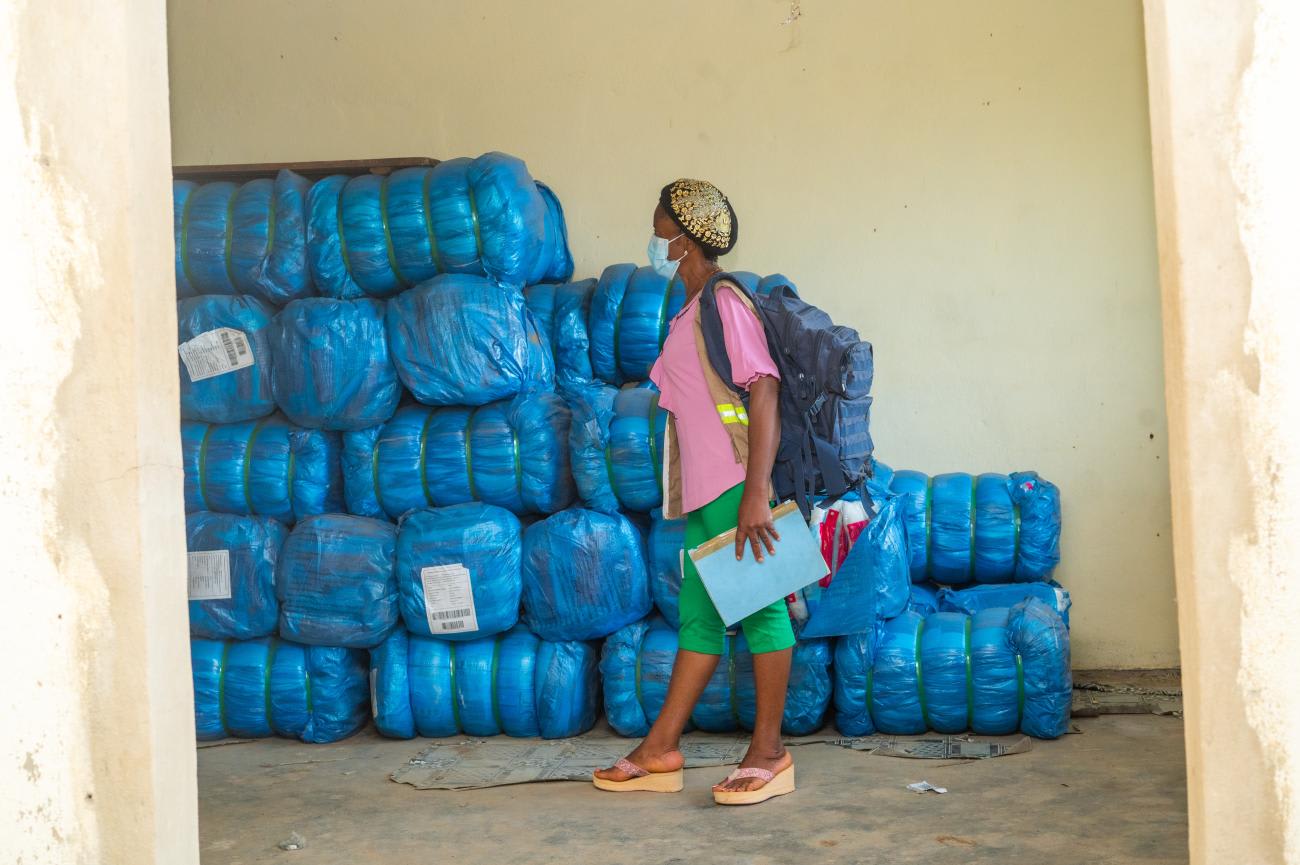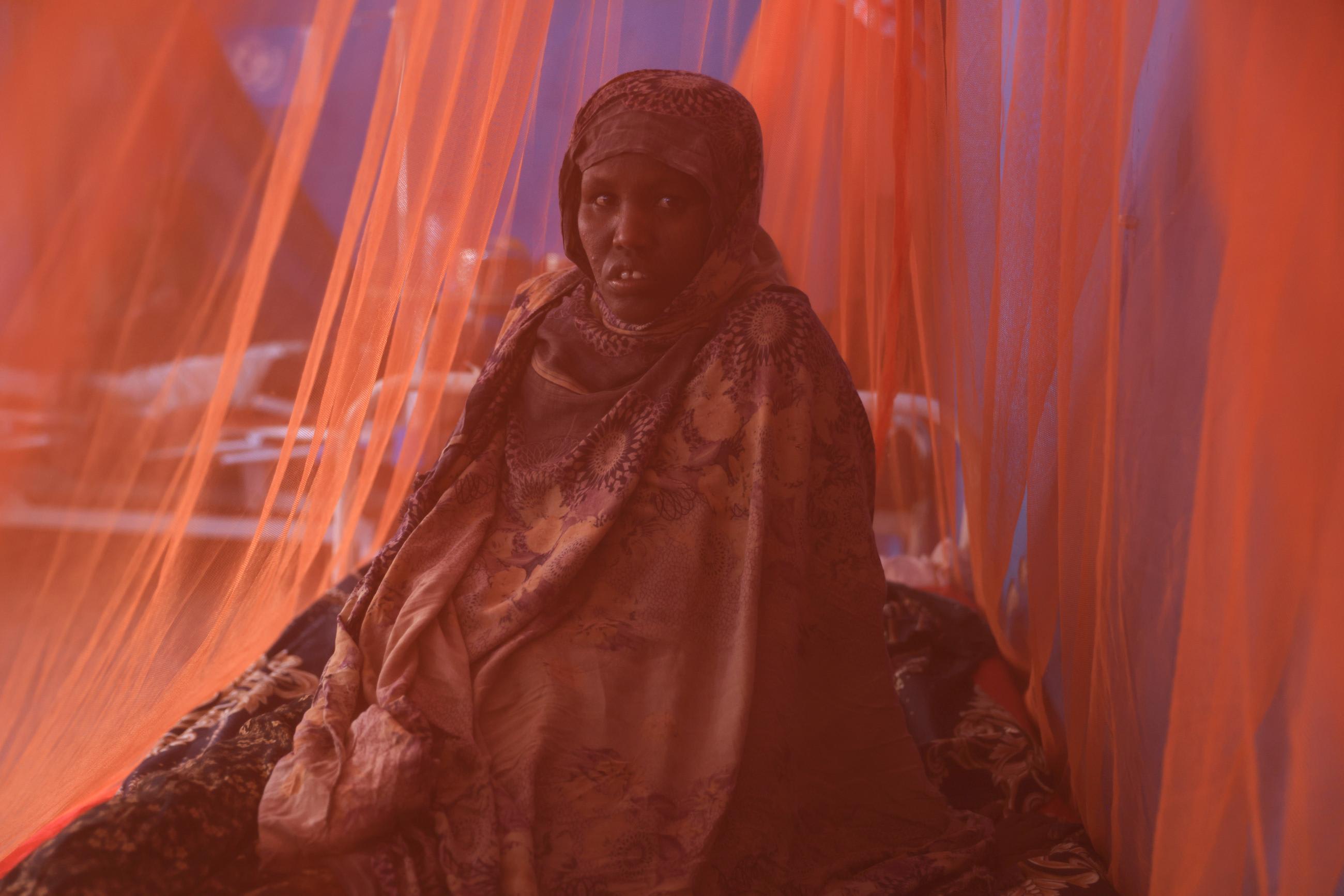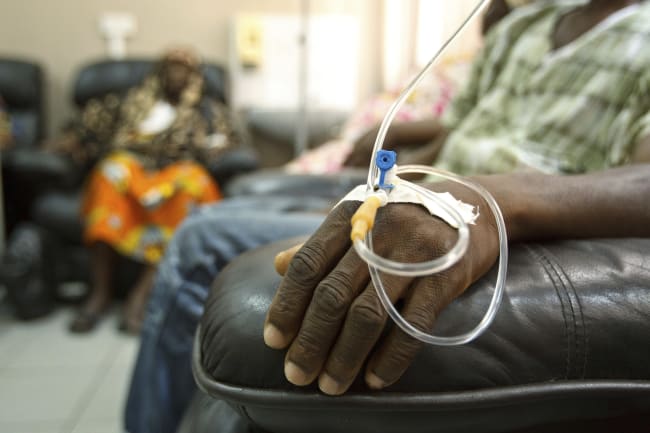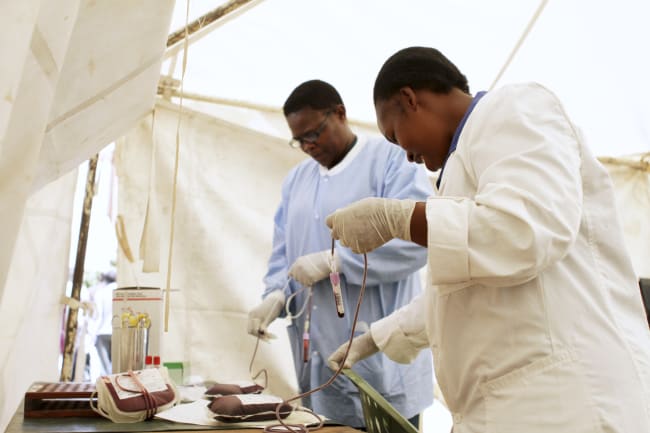A rapidly changing global health landscape—marked by climate change, conflict, drug and insecticide resistance—threatens to reverse progress against the mosquito-borne disease malaria. One of the oldest and deadliest infections, malaria claimed 608,000 lives globally in 2022—the majority being children younger than 5 years old. Failing to address emerging challenges will lead to missed opportunities to save lives in the years ahead.
Overcoming those challenges requires a multifaceted, coordinated response and rapidly scaled access to the most effective malaria tools. The malaria innovation pipeline is robust, but new products to combat drug and insecticide resistance have, until now, taken too long to reach the people who most need them and the places they are most needed.
This article explores how global and national health partners accelerated access to new, urgently needed mosquito nets. The insights gained pave the way for accelerated access to future innovations, resilient disease programs, and progress toward universal health coverage.
Slow, Sequential Scale-Up
Insecticide-treated mosquito nets are a cornerstone of malaria control. Their widespread use has been instrumental in the dramatic decline in global malaria incidence. They have, however, historically relied on a single class of pyrethroid insecticides. Over the past two decades, mosquitoes—especially in areas of Africa—have developed increasing resistance to pyrethroids, reducing the nets' performance in those settings. New, more effective nets are therefore urgently needed to revitalize the tool's usefulness in areas of pyrethroid-resistance.
Preventing Malaria in Africa
In 2021, the four countries with the largest numbers of malaria cases still lacked widespread access to insecticide-treated bed nets
Initial innovation came in the form of pyrethroid-plus-piperonyl butoxide (PBO) nets. PBO increases the potency of pyrethroids, even against resistant mosquitoes. Although initial studies showed promising results, the global response lacked urgency and scale-up was slow.
PBO nets joined the World Health Organization's (WHO's) list of interim recommendations in 2008, but it would take another nine years before enough evidence had accumulated for the WHO to recommend PBO nets over the existing options. Even then, market barriers, including price and supply capacity, slowed scale-up.
The Power of Partnerships
Although PBO nets were an important addition to the malaria toolbox, a newer net type with even greater potential emerged: dual active ingredient (dual AI) nets, which combine two distinct classes of insecticides, ensuring that mosquitoes resistant to one type are still killed by the second. Promising early data raised hopes that these nets could provide increased protection.
Recognizing the urgency, global health partners collaborated to address barriers and accelerate access to the nets. One part of this response came through a unique financing partnership between Unitaid and the Global Fund, which leveraged their complementary toolkits and mandates to facilitate the introduction of dual AI nets. Unitaid, a leading funder of market-shaping interventions, has been investing in malaria product and service delivery innovations since its founding in 2006. The Global Fund, the world's largest funder of malaria commodities, drives affordable access to quality-assured health products.
The first dual AI net candidate—BASF's Interceptor G2—was prequalified by WHO in 2017, but its relative efficacy needed to be demonstrated to justify a clear recommendation for use over existing nets. Unitaid and the Global Fund established the $66 million New Nets Project (NNP), investing significant resources to generate needed evidence with parallel market-shaping activities ahead of a WHO recommendation.
Estimates predict that 13 million malaria cases and 24,614 deaths were averted by the nets deployed from 2019 to 2022
This move was an unprecedented and calculated risk. Launched in 2018, the NNP funded the needed research, and supported pilot-scale procurement to accelerate access and build supply capacity and in-country experience in high-malaria burden countries in Africa.
The project relied on a diverse set of partners, coming together in new ways to design and implement the activities. The Innovative Vector Control Consortium supported design and managed the project, working alongside the Alliance for Malaria Prevention, the London School of Hygiene & Tropical Medicine, Population Services International, and PATH. Imperial College London Network of Excellence in Malaria and Tulane University provided technical and research support.
In parallel, enabled by the procurement under the NNP, the Bill & Melinda Gates Foundation and MedAccess provided a volume guarantee to BASF, whose product demonstrated the best initial performance data, which secured volume-linked price reductions over four years. A complementary time-limited co-payment mechanism funded by Global Fund and Unitaid covered the cost difference between existing nets and dual AI nets, allowing countries to procure, at sufficient scale, within existing budgets. As net procurement increased under the project, volume thresholds were met under the guarantee, further unlocking price reductions.
The U.S. President's Malaria Initiative strongly supported the work, providing in-country capacity building and funding to strengthen NNP deployment. National malaria programs and research partners across 14 African countries led the rollout and pilot studies under NNP, resulting in the distribution of more than 37 million nets from 2018 to 2022. The countries are Benin, Burkina Faso, Burundi, Cameroon, Democratic Republic of Congo, Ghana, Ivory Coast, Liberia, Malawi, Mali, Mozambique, Niger, Nigeria, and Rwanda.
As evidence generation and WHO review were being finalized, the Global Fund allocated an additional $50 million to continue the co-pay mechanism during this transition period, supporting country programs with constrained budgets and addressing emerging operational questions around the integration of these new nets into the wider malaria response.

The calculated financial risk taken by partners paid off. The trials demonstrated that BASF's Interceptor G2 product could reduce malaria cases by an estimated 45% relative to other net types. The WHO—which in parallel had updated its processes for evaluation of vector control products—issued strong guidance on the use of this new type of net in March 2023. Subsequent impact modeling by Imperial College London estimated that 13 million malaria cases and 24,614 deaths were averted by the nets deployed between 2019 and 2022.
Going Further, Faster
Despite the WHO's strong recommendation in March 2023 and extensive work across the partnership, the constrained funding landscape meant that the price of these nets remained a barrier to scale-up.
The Global Fund recognized the need to sustainably support a full-scale transition to dual AI nets in its next grant cycle, from 2024 to 2026. The Global Fund used its newly launched Revolving Facility—supported by the Bill & Melinda Gates Foundation—to underwrite further volume guarantees with two suppliers: BASF and a newly prequalified supplier, Vestergaard. This resulted in lower prices, which were comparable to PBO nets.
Countries could therefore transition to dual AI nets at scale within existing budget envelopes. With this new pricing, demand for dual AI nets in Global Fund grants nearly doubled.
The rapid uptake of dual AI nets is a significant advance for malaria control, reinforcing protection for millions of people
One year after the WHO recommendation, a significant number of African national malaria programs are on track to sustainably transition to dual AI nets at scale. The uptake is far faster than was possible with PBO nets—it took 14 years from the initial WHO endorsement and five years from its recommendation for those nets to make up 50% of the nets financed by the Global Fund. Whereas for dual AI nets, it took seven years from the WHO listing and just one year from the WHO recommendation.
In September 2023, just months after a July coup toppled its government and closed its borders, Niger placed an order for dual AI nets in the Global Fund's new grant cycle—the first country to do so. Alongside other implementing countries, Niger is susceptible to the global factors that are rapidly changing the malaria landscape—given its political turmoil, the documented high intensity pyrethroid resistance throughout the country, and its status as one of the top 50 countries most vulnerable to climate change.
In March 2024, the first dual AI nets under Niger's new Global Fund grant cleared customs. The significant scale-up of dual AI nets that is now under way across the continent will mean that national programs can deliver the best protection possible for those most vulnerable to malaria.
What's Next?
The rapid uptake of dual AI nets is a significant advance for malaria control, reinforcing protection for millions of people. Ensuring that these new tools can continue to save lives requires proactively mitigating the development of a new wave of insecticide resistance. Strong entomological monitoring of mosquitos and tailored programming, coupled with proactive investment in continued diversification of vector control tools, is therefore not only critical but also a responsibility.
Ongoing innovation is essential in response to climate change, shifting mosquito behaviors and the new challenges of conflict and resistance. Fortunately, a wide range of diverse tools is on the horizon, including malaria vaccines, newer nets with other novel insecticides and completely new types of mosquito control, such as spatial repellents.
Accelerating access to innovative tools, together with core malaria programming tailored to subnational contexts, will be critical in the long-standing fight against this disease. The Global Fund, through its 2023–2028 Strategy and Next Generation Market Shaping approach, and Unitaid, through its 2023–2027 Strategy and catalytic investments in product access, remain dedicated to doing just that.
Continued partnership will remain crucial. Coordinated, multipartner efforts are needed to curate evidence-based packages of interventions and accelerate their introduction and scale. Partners should continue to take calculated risks to make lifesaving innovations available to those who need them most, as quickly as possible.













